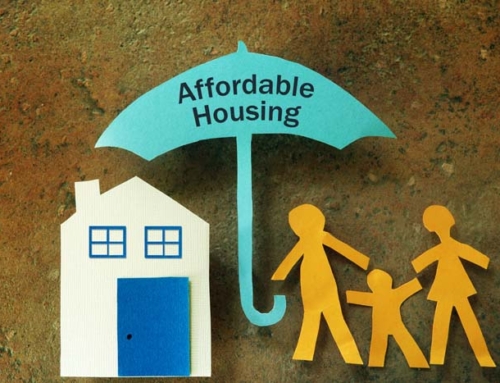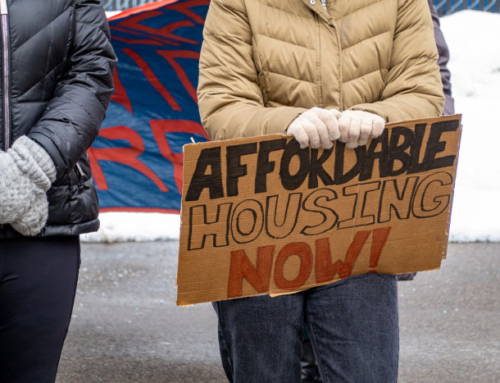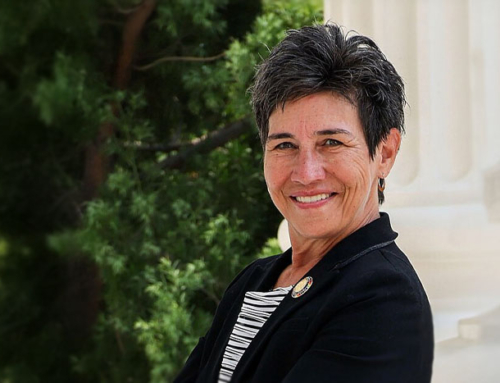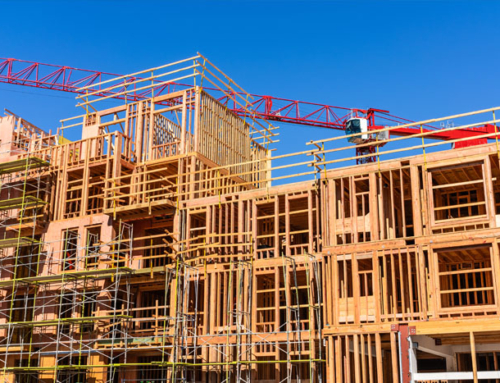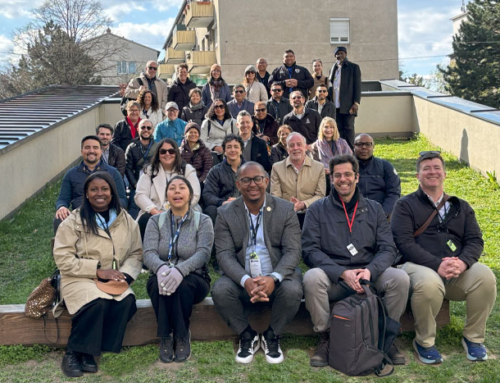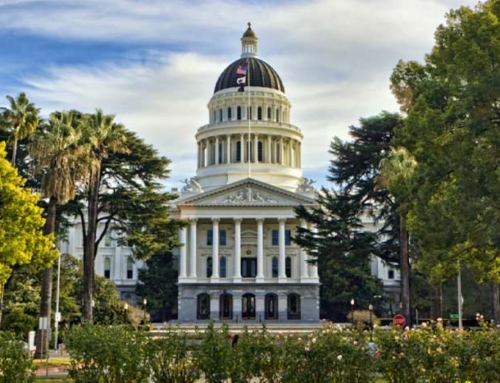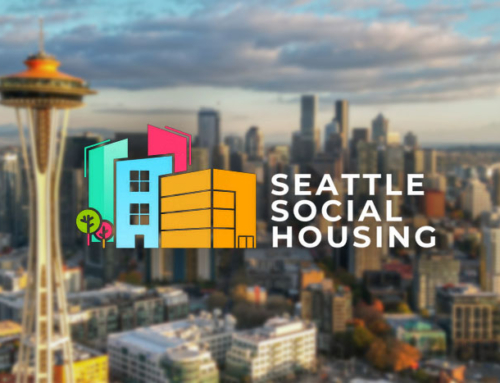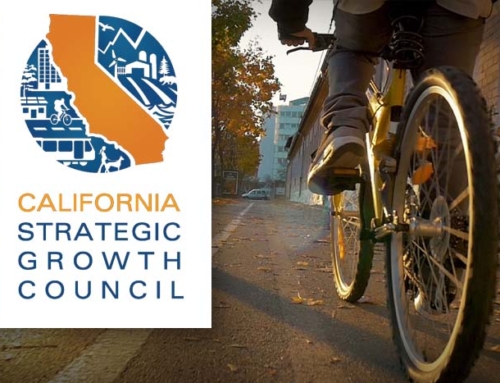Article Contributor: Jacqueline Woo, Manager, CA Legislative Analysis
This year, California’s State Legislature is advancing a comprehensive suite of housing bills to boost housing production, protect tenants, create innovations in funding, and develop models to preserve and promote more affordable housing in communities throughout the state. These policies seek to accelerate production by removing regulatory barriers, incentivizing cities to plan for and approve housing production at scale, reducing costs, and creating new innovative financial tools to help facilitate new construction.
Key Bills Focus on Producing Housing, Promoting Equity, and Protecting Tenants
Senate Democrats continue to propose multiple solutions to produce housing for all.
- SB 79 (Wiener, D-San Francisco) would require cities to allow taller apartment and condo buildings near mass transit, including bus-rapid-transit stops and rail stations. Labor groups, cities, and low-income housing advocates oppose this bill, arguing that the bill does not require set-asides for low-income units, lacks stringent labor standards, and overrides localities’ land use authority. The bill passed both the Senate Local Government Committee and the Senate Housing Committee despite objections from both chairs of those committees, also known as “rolling the chair”. The fact that this happened twice for the same bill is unprecedented and indicates unusual division within the caucus regarding using private development to facilitate building additional housing.
- More than 20 bills that are part of the Fast Track Housing Package aim to make housing more affordable by slashing red tape, removing uncertainty, and drastically diminishing the time it takes to get new housing projects approved, permitted, and built.
- AB 507 (Haney, D-San Francisco) seeks to streamline the adaptive reuse of existing buildings by allowing such projects to be considered a “use by right” in all zoning areas, bypassing traditional conditional use permit processes. This bill mandates affordability standards and exempts certain projects from parking requirements in order to facilitate the conversion of underutilized structures into multifamily housing.
- AB 1445 (Haney, D-San Francisco) is complementary to AB 507, since many developers are unable to secure enough affordable financing to execute on the conversions due to costly upgrades and structural changes to allow for housing to be built. AB 1445 allows cities and counties to establish a “downtown revitalization and economic recovery financing district” and authorizes the use of incremental property tax revenue generated by investment in the commercial-to-residential conversion project from the local government will be used to finance these activities.
Unfortunately, SB 677 (Wiener, D-San Francisco), which attempted to improve SB 9 (Atkins), a landmark law passed in 2022 that streamlined the approval process to build second homes and duplexes on single-family lots, did not pass the Senate Housing Committee. It did receive an opportunity for reconsideration but can only be reconsidered in January 2026.
A number of bills promote equity by addressing the homelessness crisis.
- SB 16 (Blakespear, D-San Diego) sets a goal of ending unsheltered homelessness within 10 years and directs the state to come up with a plan to meet that deadline, requiring an assessment and financing plan for “coordination” with local jurisdictions to address and end unsheltered and chronic homelessness in the State of California over a 10-year period.
- SB 634 (Perez, D-Pasadena), the Homeless Rights Protection Act, prevents the criminalization of people experiencing homelessness engaged in necessary day-to-day survival activities. SB 634 prohibits local and state authorities from imposing penalties, including jail time or fines, on unhoused individuals for acts related to their basic survival and protects those helping homeless individuals.
Bills that protect tenants focus on rent increases and fees.
- SB 681 (Wahab, D-Fremont) aims to expand housing opportunities and renter protections across the state. In addition to modernizing the Surplus Lands Act and the Permit Streamlining Act to expedite the construction of new housing units, particularly affordable and workforce housing, the bill curbs junk fees imposed on renters, boosts the renters’ tax credit, establishes new pathways to homeownership, and strengthens protections against predatory mortgage debt practices.
- AB 1157 (Kalra, D-San Jose), the Affordable Rent Act, would have lowered the cap on annual rent increases beyond what is currently allowed under the Tenant Protection Act of 2019. Currently, the Tenant Protection Act allows up to a 5% increase plus cost of living, with a maximum of 10%. AB 1157 would adjust the cap to a 2% increase plus cost of living, with a maximum of 5%. AB 1157 expands the law in three key ways: lowering the rent increase cap, extending tenant protections to single-family homes, and making these safeguards permanent. Unfortunately, the bill has been withdrawn from consideration and will become a two-year bill due to opposition from landlords.
General Fund and Financing Solutions Promote and Produce Housing Stock
The legislature continues to propose traditional and innovative funding solutions to promote and produce more housing stock this legislative session. These include:
- AB 736 (Wicks, D-Oakland) and SB 417 (Cabaldon, D-Napa), collectively known as the Affordable Housing Bond Act of 2026. These measures propose placing a $10 billion general obligation bond on the June 2026 California ballot.
- SB 750 (Cortese, D-San Jose) aims to stimulate multifamily housing development by providing state-backed insurance and credit enhancements for construction and permanent loans, supplied through the California Residential Mortgage Insurance Fund in the State Treasury, thereby reducing financial risks for developers without burdening taxpayers.
- ACA 3 (Haney, D-San Francisco) is a constitutional amendment that extends the University of California’s homeownership assistance program from senior executive staff to all staff that are at or below the area median Income.
- AB 417 (Carillo, D-Palmdale) improves the functionality and usefulness of Enhanced Infrastructure Finance Districts (EIFD) and Community Revitalization and Investment Authorities (CRIA) by streamlining administrative processes and providing other crucial clarifications to existing law. The bill also provides innovative solutions that could help fill the construction financing gaps for development projects.
- SB 336 (Wiener, D-San Francisco) revisits the long-debated battle over extending the property tax welfare exemption for residential rental property for low- and moderate-income households. Existing law provides a welfare exemption for low-income households. SB 336 would extend this welfare exemption to moderate-income households.
Disaster Recovery
As California continues to grapple with the challenge of rebuilding after the disastrous Palisades and Eaton fires in Los Angeles earlier this year, a number of bills have been introduced to aid disaster recovery. This includes:
- AB 239 (Harabedian, D-Pasadena) establishes a state-led disaster housing task force to coordinate rebuilding efforts between state and local governments.
- AB 818 (Farias, D-Concord) would prohibit local agencies from denying permit applications for rebuilding or repairing residential properties affected by a natural disaster absent health and safety concerns. Agencies would be required to respond to applications within 45 days and prohibit certain fees.
- AB 797 (Harabedian, D-Pasadena), the Community Stabilization Act, would allow qualified investors, such as nonprofits, to fund the purchase and management of residential properties, keeping land owned and operated by the community to protect residents from speculation in the wake of disasters. The Governor’s Office of Business and Economic Development (GO-Biz) would develop and manage this investment vehicle utilizing Community Reinvestment Act dollars.
- AB 246 (Bryan, D-Culver City) would build on the Tenant Protection Act of 2019 to temporarily freeze rent increases for all residential properties in LA County until March 1, 2026.
Social Housing Continues to Gain Momentum in California
Asm. Alex Lee reintroduced AB 11 (Lee, D-Milpitas), the California Social Housing Act, which proposes establishing a California Housing Authority to develop, own, and maintain public housing. This proposal continues to be inspired by models in Singapore and Vienna and continues to spark broader debate over the state’s inability to properly finance the state’s affordable housing production needs. However, any other major shift to a state-led housing development model will likely not be seriously considered until the Governor’s reorganization to create a standalone California Housing and Homelessness Agency is complete, as any new big housing programs will likely fall under this agency. Additionally, the state is currently conducting a Social Housing Study per SB 555 (2023, Wahab, D-Fremont), which must be submitted by the end of the 2026 calendar year, representing an incremental and alternative approach to AB 11.
© LeSar Holdings/LeSar Development Consultants. All Rights Reserved. Please be advised that any republishing of copyrighted material provided by our organization, in whole or in part, requires prior written authorization. For permission, please reach out to [email protected]. We appreciate your understanding and compliance in upholding copyright laws.






